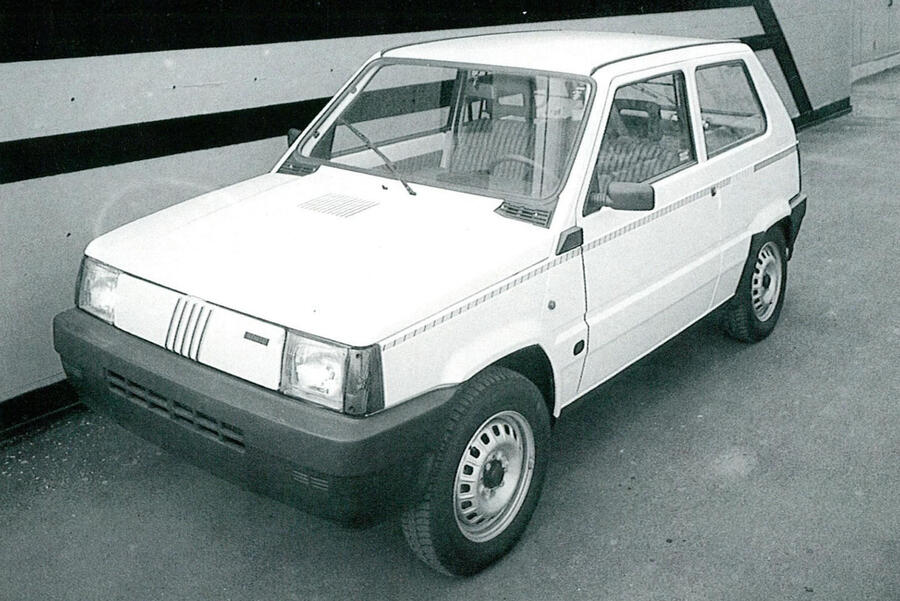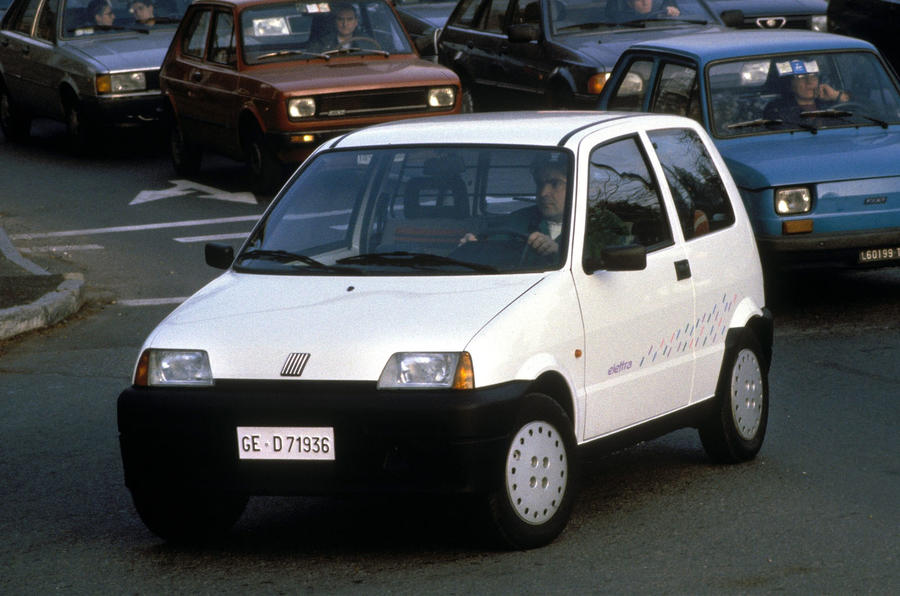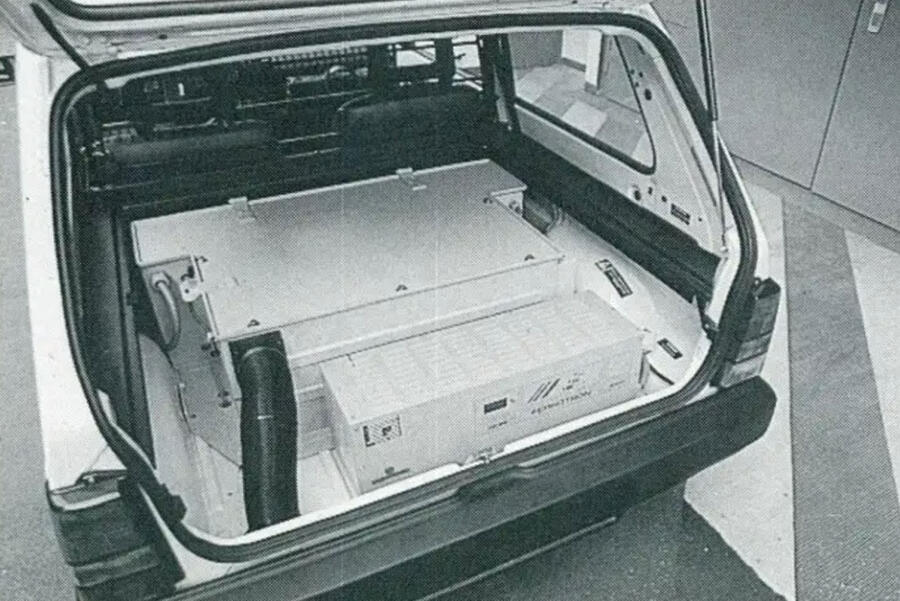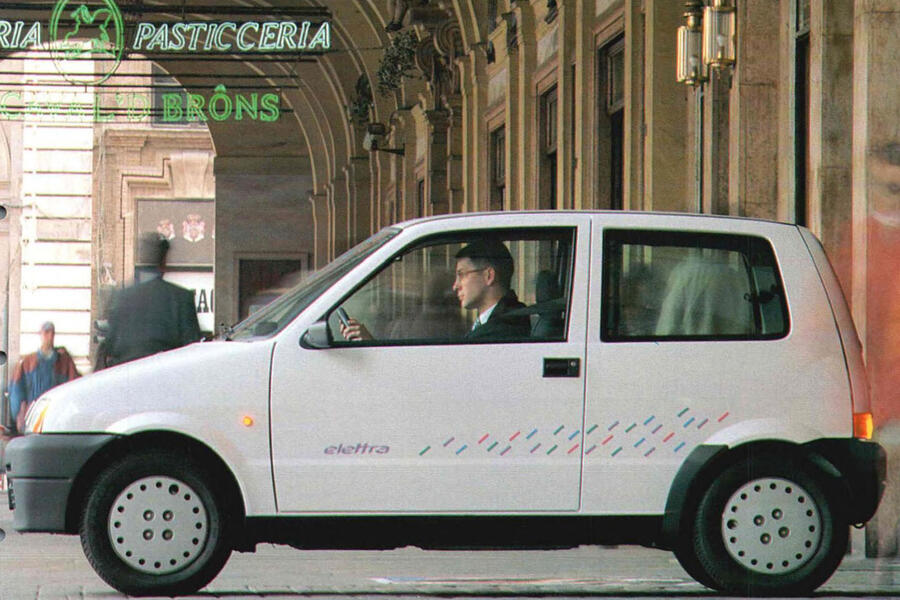“The electric car’s problem is the battery, and that’s why I think it will be difficult for it to be an alternative to the combustion engine. It may be that soon the industry can produce a battery with more power and a greater range. But I think electric cars will always be limited to use in towns.
“Electric cars may be a specific solution in a specific area, but they won’t solve the ecology problem at a global level, because you have to generate power for their batteries.”
No, not another sceptical letter from an Autocar reader in 2024 but quotes from Fiat R&D boss Giancarlo Michellone in 1990.
Hardly what you would expect to hear from a man who had just created his employer’s first electric car powertrain – but then Fiat did rather specialise in cars for towns.
Having proven their technology in Lancia Y10 prototypes, one of which won Turin’s annual Gran Premio 4e for eco vehicles in 1989, Michellone’s team took the Fiat Panda – still hugely popular after a decade – and replaced its four-pot petrol engine with a 12bhp motor, which had regenerative braking but still used the manual gearbox.

Even with a very small capacity, the lead-gel battery pack weighed 350kg and was so large that it filled not only the boot but also the rear passenger area. And restricted luggage loading to 100kg. And supplied a range of just 40-60 miles. And took eight hours to fully recharge. And was so weak that a petrol burner had to be fitted for cabin heating. Not great then.
As for performance, regrettably that was laughable too. Top speed was 43mph, it took 10sec to hit 25mph and it couldn’t climb gradients steeper than 20%.
In August 1991, we drove a Panda Elettra and reported: “Apart from the uncanny quietness, it is much like driving any other Panda.







Add your comment